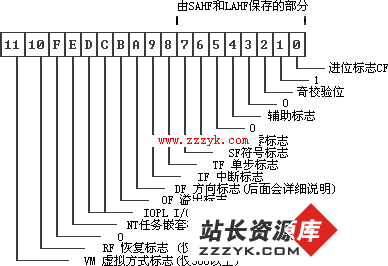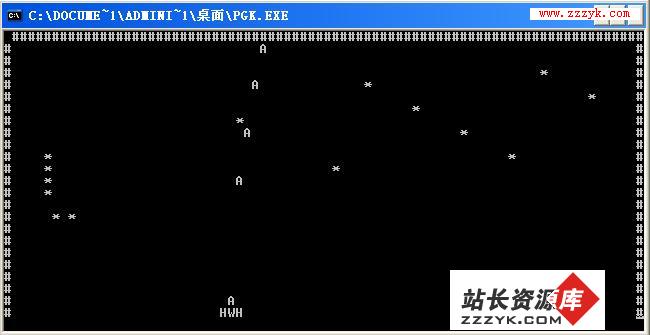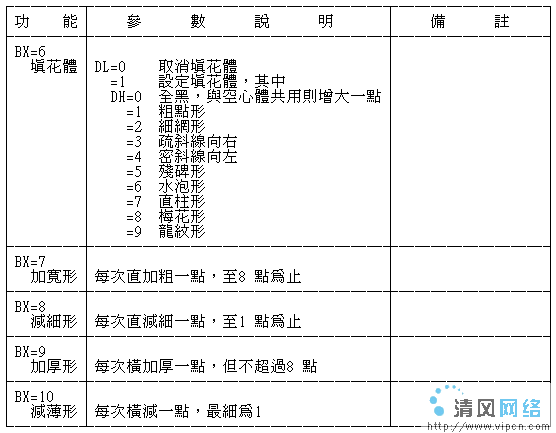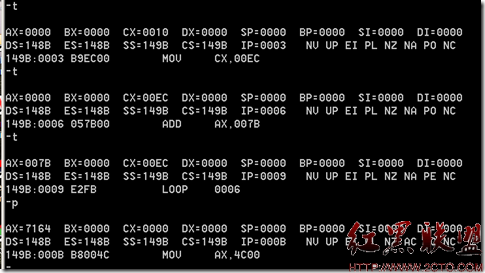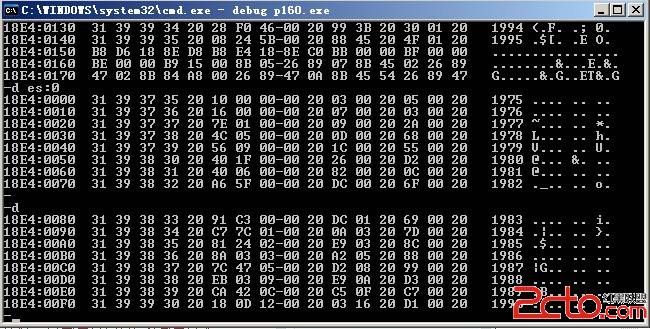对于Windows下的控制台输出
控制台输出就象dos下的输出,可不是图形界面。象ping/ipconfig/ftp等命令都是这类程序。
回忆过去,在dos下进行文件操作时,常用到“文件把柄”的概念,使用文件把柄操作时,非常方便,操作时,只要知道把柄号就可以,而不用操心文件的位置。dos下,设备也都有自己的专用把柄,这些把柄是:
0000H 标准输入设备 (stdin)
0001H 标准输出设备 (stdout)
0002H 标准错误设备 (stderr)
0003H 标准辅助设备 (stdaux)
0004H 标准打印设备 (stdprn)
stdin和stdout可以被再定向,dos下常用的“输入改向”和“输出改向”就是这个意思。
下面的dos功能调用中将向屏幕输出信息:
mov ah,40h ;写到文件或设备
mov bx,1 ;标准输出设备
lea dx,OutData ;DS:DX->要输出的数据
mov cx,Count ;要输出字符的个数
int 21h ;执行dos功能调用
利用同样的道理,在windows下,也可向屏幕输出信息。这要用到两个Api函数,一个是GetStdHandle,另一个是WriteFile,在Win32 developer's References中它们是这样定义的:
------------------------------------------------------------
HANDLE GetStdHandle(
DWORD nStdHandle // input, output, or error device
);
The GetStdHandle function returns a handle for the standard input, standard output, or standard error device.
nStdHandle->Specifies the device for which to return the handle. This parameter can have one of the following values:
Value | Meaning
--------------------+---------------------------
STD_INPUT_HANDLE | Standard input handle
STD_OUTPUT_HANDLE | Standard output handle
STD_ERROR_HANDLE | Standard error handle
If the function succeeds, the return value is a handle of the specified device.
------------------------------------------------------------
BOOL WriteFile(
HANDLE hFile, // handle to file to write to
LPCVOID lpBuffer, // pointer to data to write to file
DWORD nNumberOfBytesToWrite, // number of bytes to write
LPDWORD lpNumberOfBytesWritten, // pointer to number of bytes written
LPOVERLAPPED lpOverlapped // pointer to structure needed for overlapped I/O
);
=============================================================
;下面我们看一个程序,作用是显示一个字符串信息!
.386
.model flat,stdcall
option casemap:none
include windows.inc
include kernel32.inc
include user32.inc
includelib kernel32.lib
includelib user32.lib
.data
mess db 'How are you !',0 ;要显示的信息
.data?
StdOut dd ? ;存放标准输出的把柄
CharOut dd ? ;记录实际输出的字符数
.code
start:
invoke GetStdHandle,STD_OUTPUT_HANDLE ;获取标准输出的把柄
mov StdOut,eax ;保存把柄号
lea eax,mess
invoke lstrlen,eax ;求字符串的长度
lea ecx,CharOut
invoke WriteFile,StdOut,addr mess,eax,ecx,NULL ;写文件
invoke ExitProcess,NULL ;程序结束
end start
--------------------------------------------------------------
编译链接,下面给出详尽的信息,供分析参考:
D:\MASM7>dir /ad
Volume in drive D has no label
Volume Serial Number is 18F0-186B
Directory of D:\MASM7
. 〈DIR〉 02-12-03 17:36 .
.. 〈DIR〉 02-12-03 17:36 ..
LIB 〈DIR〉 02-12-03 17:38 LIB
INCLUDE 〈DIR〉 02-12-03 17:38 INCLUDE
0 file(s) 0 bytes
4 dir(s) 2,411,925,504 bytes free
D:\MASM7>ml /coff /I include 4.asm /link /subsystem:console /libpath:lib
Microsoft (R) Macro Assembler Version 6.14.8444 └─ 控制台程序
Copyright (C) Microsoft Corp 1981-1997. All rights reserved.
Assembling: 4.asm
Microsoft (R) Incremental Linker Version 5.12.8078
Copyright (C) Microsoft Corp 1992-1998. All rights reserved.
/subsystem:console /libpath:lib
"4.obj"
"/OUT:4.exe"
D:\MASM7>4
How are you !
D:\MASM7>
--------------------------------------------------------------
另外,在masm32.inc中有函数StdOut的声明,可用来直接输出信息,把上面的例子修改后就是下面的样子,可见来得更简炼,供大家参考:
.386
.model flat,stdcall
option casemap:none ;case sensitive
include windows.inc
include kernel32.inc
include masm32.inc
includelib kernel32.lib
includelib masm32.lib
.data
mess db 'How are you !',0
.code
start:
invoke StdOut,addr mess
invoke ExitProcess,NULL
end start
www.zzzyk.com 每天都为您更新最新的电脑知识信息

